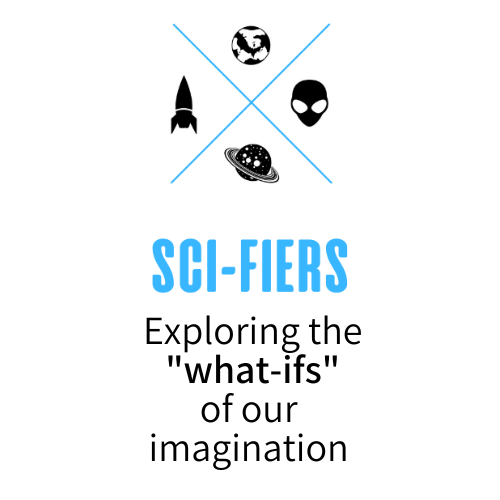Social allegories are narratives that are used in fictional settings. They explore the social, moral, political, technological, and cultural aspects of society as present in the real world. Such narratives are created by using appropriate symbolism and metaphor to mirror the fictional world with the real world. Social allegories may discuss issues about poverty, environment, race, and discrimination, among others. Authors achieve social critique by using social allegories in their novels. Here are twenty science fiction novels that have used social allegories to discuss social issues.
Given below are twenty examples of social allegories discussed in science fiction novels:
1. “The War of the Worlds” by H.G. Wells (1895) is a take on the aftermath of colonialism and how imperialism creates social inequalities.
2. “The Time Machine” by H.G. Wells (1895) presents a society in the future that is based on the Victorian era and class divide as seen in 17th century England that is prevalent even today.
3. “The Island of Dr. Moreau” by H.G. Wells (1896) discusses the moral repercussions caused by genetic engineering.
4. “The Invisible Man” by H.G. Wells (1897) reveals the dangers of unrestrained scientific experiments and how such acts, combined with man’s desires, may lead to challenges beyond his control.
5. “The Iron Heel” by Jack London (1908) is a form of social science fiction and shares with the readers the effects of totalitarianism.
6. “Brave New World” by Aldous Huxley (1932) represents a dystopian society where individualism is repressed to create social stability.
7. “1984” by George Orwell (1948) is an allegory for totalitarianism and government control and how governments continuously monitor the citizen’s actions to reduce identity.
8. “The Martian Chronicles” by Ray Bradbury (1950) gives a social allegory to how a race can impact the culture of another by imposing its will. It looks at colonialism from the perspective of science fiction.
9. “The Day of the Triffids” by John Wyndham (1951) presents a society that is facing an ecological downfall. It also looks at the aftermaths caused by a catastrophe at a global level.
10. “Fahrenheit 451” by Ray Bradbury (1953) discusses the impacts of censorship and what happens to a society when knowledge is suppressed.
11. Planet of the Apes by Pierre Boulle (1963) is a critique of human arrogance. The novel reflects the apes’ society to human’s tendency to divide themselves into social classes and the judge each other based on race, class and gender.
12. “Do Androids Dream of Electric Sheep?” by Philip K. Dick (1968) has symbols in its narrative that values humans more than machines.
13. “Slaughterhouse-Five” by Kurt Vonnegut (1969) reveals the horrible results of war and the trauma caused by it.
14. “The Dispossessed” by Ursula K. Le Guin (1974) focuses on the negative impacts of capitalism if it remains unchecked and on the aspects of socialism.
15. “Ender’s Game” by Orson Scott Card (1985) presents the moral repercussions of war and what happens when militaries use children as soldiers.
16. “The Handmaid’s Tale” by Margaret Atwood (1985) highlights gender inequality. The Republic of Gilead is a place where women are oppressed. It is a society ruled by a patriarchal, totalitarian government.
17. “Snow Crash” by Neal Stephenson (1992) presents a society plagued with corporate control and capitalism that is rampant.
18. “The Giver” by Lois Lowry (1993) brings to the fore a narrative reflecting conformity and how a social order wants to suppress individuality.
19. “The Time Traveler’s Wife” by Audrey Niffenegger (2003) gives insights to what are the implications of time travel and how the challenges of relationships are resolved.
20. “The Hunger Games” by Suzanne Collins (2008) gives insights into authoritarianism. It shows the threats faced by the monitories or the submissive section of the population when their rights are exploited by those in power.
Scifiers explores science fiction narratives that enliven our imagination and compel us to think about the “what-ifs” of creative world-building. It is on a mission to discuss ideas about sci-fi in its various forms that keep the genre in a state of continuous expansion.
facebook.com/scifiers | Instagram: @scifiers
Image Source: Pinterest

